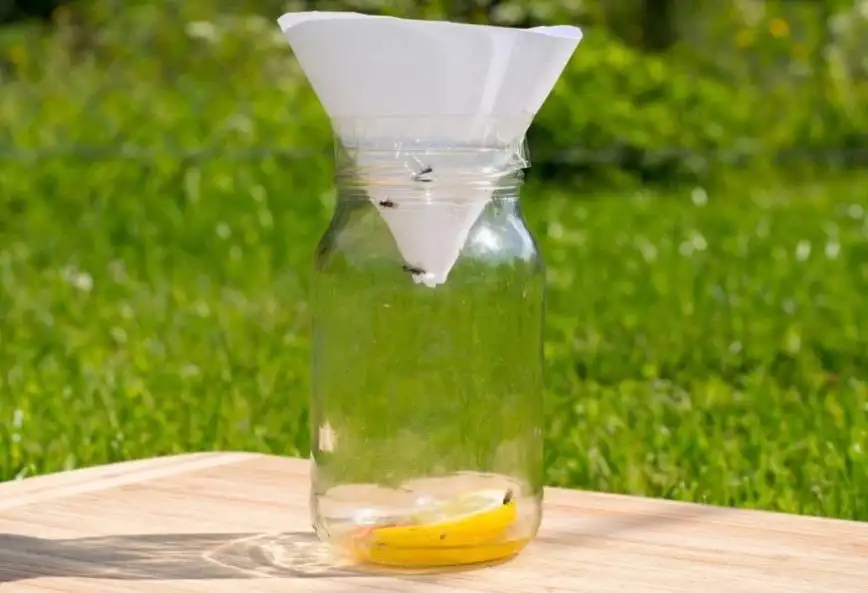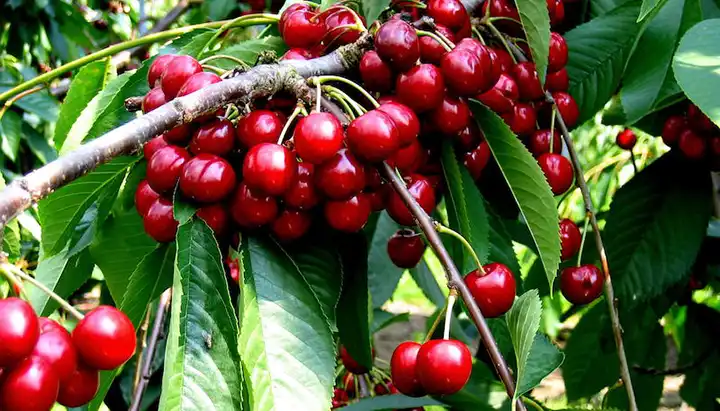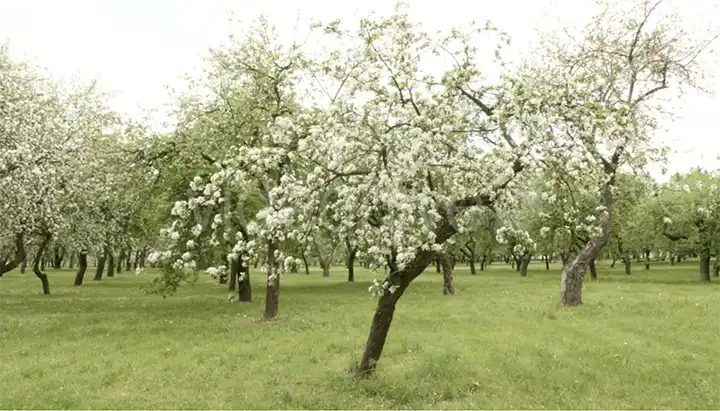How to Get Rid of Gnats in Plants Naturally: 3 Effective Methods
Gnats in your indoor plants can be a frustrating and persistent issue for any plant enthusiast. These tiny, flying insects not only disrupt the beauty of your indoor garden but can also harm your plants by feeding on their roots. Thankfully, there are natural and eco-friendly ways to eliminate gnats without resorting to harmful chemicals. In this article, we’ll explore three effective methods to get rid of gnats in your plants naturally.
Method 1: Let the Soil Dry Out
One of the primary reasons gnats thrive in potted plants is excess moisture in the soil. Fungus gnats, in particular, are attracted to damp environments, making overwatered houseplants a prime breeding ground for them. To combat this issue naturally, follow these steps:
- Allow the top inch or two of the soil to dry out before watering your plants again. Gnats prefer damp soil, so keeping it on the drier side will discourage their presence.
- Ensure that your pots have proper drainage to prevent water from accumulating at the bottom.
- Consider repotting your plant into well-draining soil to improve air circulation and reduce moisture retention.
Method 2: Use Natural Gnat Traps

Creating homemade gnat traps is an effective and chemical-free way to catch and eliminate these pesky insects. Here’s how you can make your own gnat traps:
- Fill a shallow dish with apple cider vinegar, which attracts gnats due to its scent.
- Add a few drops of liquid dish soap to the vinegar. The soap breaks the surface tension, causing the gnats to drown when they touch the liquid.
- Cover the dish with plastic wrap and poke small holes in it. Gnats will be drawn to the vinegar, enter through the holes, and get trapped.
- Place these traps near your affected plants to capture adult gnats. Replace the traps regularly as needed.
Method 3: Beneficial Nematodes
Beneficial nematodes are microscopic organisms that can be used to control gnat larvae in the soil. They are harmless to plants, pets, and humans but can significantly reduce the gnat population. Here’s how to use them:
- Purchase beneficial nematodes from a reputable source.
- Mix them with water according to the package instructions.
- Water your affected plants with the nematode solution, ensuring that the soil is evenly treated.
- The nematodes will seek out and parasitize gnat larvae, ultimately breaking the gnat life cycle.



















